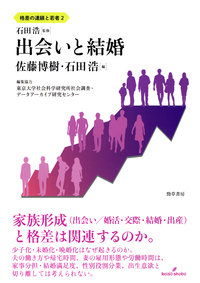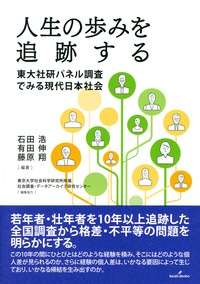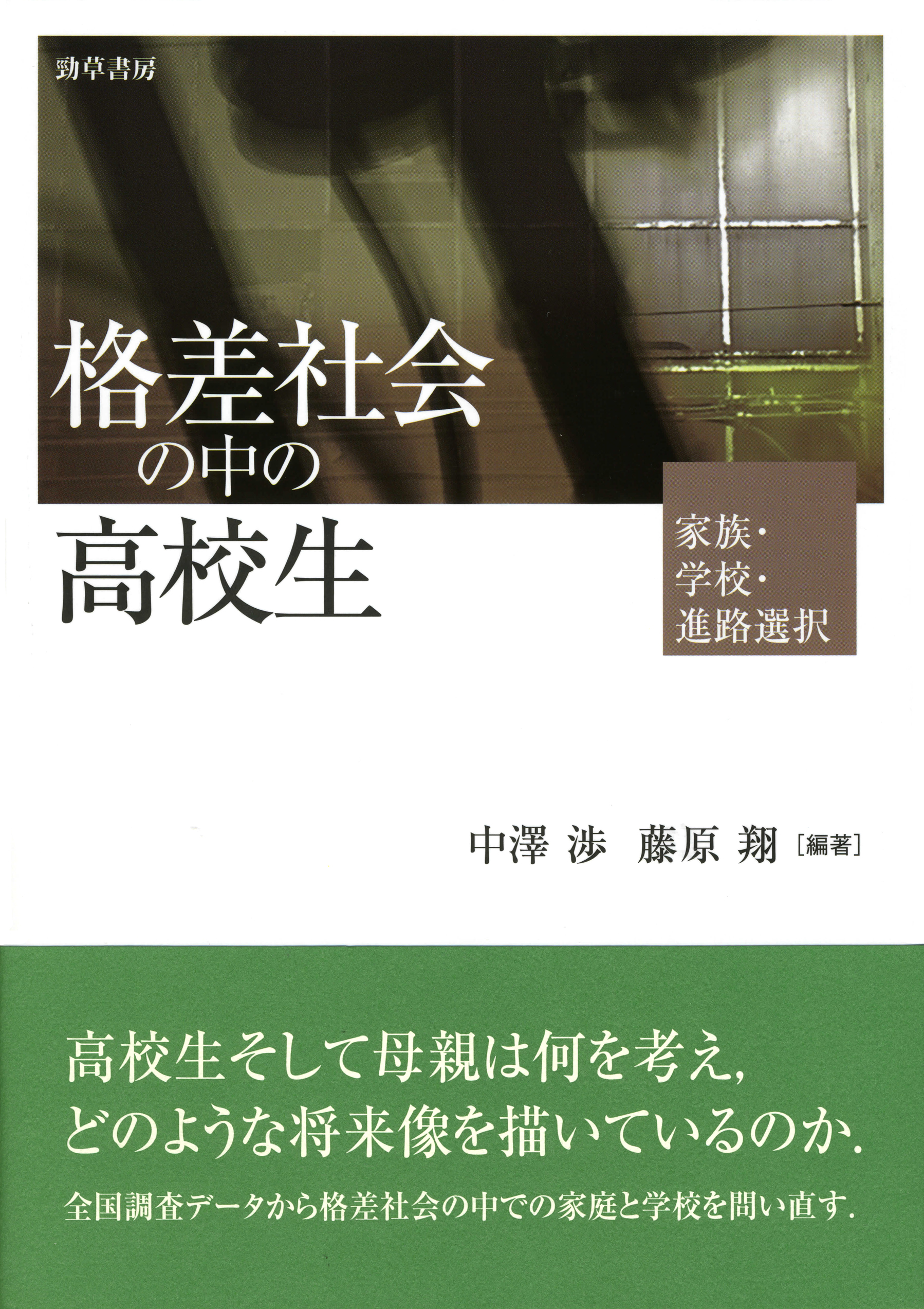
Title
Kodomo no manabi to seicho o ou (Tracking Children’s Learning and Growth - From a panel survey of 20,000 parent-child dyads)
Size
328 pages, A5 format
Language
Japanese
Released
September, 2020
ISBN
978-4-326-25145-2
Published by
Keiso Shobo
Book Info
See Book Availability at Library
Japanese Page
The year 2014 saw the launch of “Children’s Life and Learning” (Kodomo no seikatsu to manabi), a joint research project of the Benesse Educational Research and Development Institute and the University of Tokyo’s Institute of Social Science, to analyze the process by which children gain independence and achieve personal growth and the factors that shape this process. This book contains the findings of this project acquired between 2015 and 2018. The purpose of the project is to identify how children master the skills necessary to become independent during their school life—throughout elementary school, junior high school, and high school—and at home. To that end, this project conducts annual follow-ups for approximately 20,000 parent-child dyads, with the children being those in grade 1 of elementary school to grade 3 of high school.
The first part of the book outlines the surveys conducted as part of the project and their major findings. Chapter 1 describes the three components of the project: the base survey, graduation survey, and survey of lexical competence and reading comprehension. The base survey measures children’s independence in three aspects: as a private individual (seikatsu-sha), student (gakushu-sha), and responsible citizen (shakai-jin); of the items in this survey, some are used in every annual follow-up, some every three years, and some only once. The graduation survey is specifically for third-year high school students; it includes questions on what the student plans to do after graduation (e.g., whether they will continue their education) and on their career aspirations. The survey of lexical competence and reading comprehension is conducted among certain students every three years as they move up grades. Chapter 2 discusses the effects of attrition (the decrease in sample size over time as respondents drop out). The analyses of the base survey aimed for children have been presented in Chapters 3 and 4 and those of the base survey targeted at parents in Chapter 5. In Chapters 6 and 7, the graduation survey and the survey of lexical competence and reading comprehension are analyzed. Chapters 6 and 7 analyze the graduation survey and the survey of lexical competence and reading comprehension, respectively.
The second part of the book discusses the factors that shape independence in childhood. Chapter 8 focuses on the relationship between the socioeconomic environment at home and the child’s academic ability and inclination for active learning. Chapter 9 focuses on the child’s future plan after high school graduation, including what the parents want him/her to do and what he/she intends to do. Chapter 10 focuses on the relationship between parents’ engagement with their children and the latter’s academic performance. Drawing from the results of the graduation survey, in Chapter 11, the impact of inter-school differences on university attendance after high school is analyzed. Chapter 12 focuses on the relationship between learning style and learning motivation. Chapter 13 examines how children’s career aspirations change over time. Chapter 14 focuses on the relationship between club activities and the time spent studying in junior high school and high school. Chapter 15 examines how the parent’s socioeconomic status predicts their children’s attitudes toward and planning for the period after high school graduation.
One advantage of this project is that it explores factors promoting children’s independence that are related to both academic and personal lives; another is that the panel survey comprises parent-child dyads, which enables analysis of mutual effects between the parent and child. The book also includes short opinion pieces in which leading experts from the fields of sociology of education (Hiroaki Mimizuka), educational psychology (Kiyomi Akita), and traits and competencies (Kayo Matsushita) discuss the significance and value of the project’s findings.
(Written by ISHIDA Hiroshi, University Professor, Institute of Social Science / 2022)



 Find a book
Find a book


 eBook
eBook




